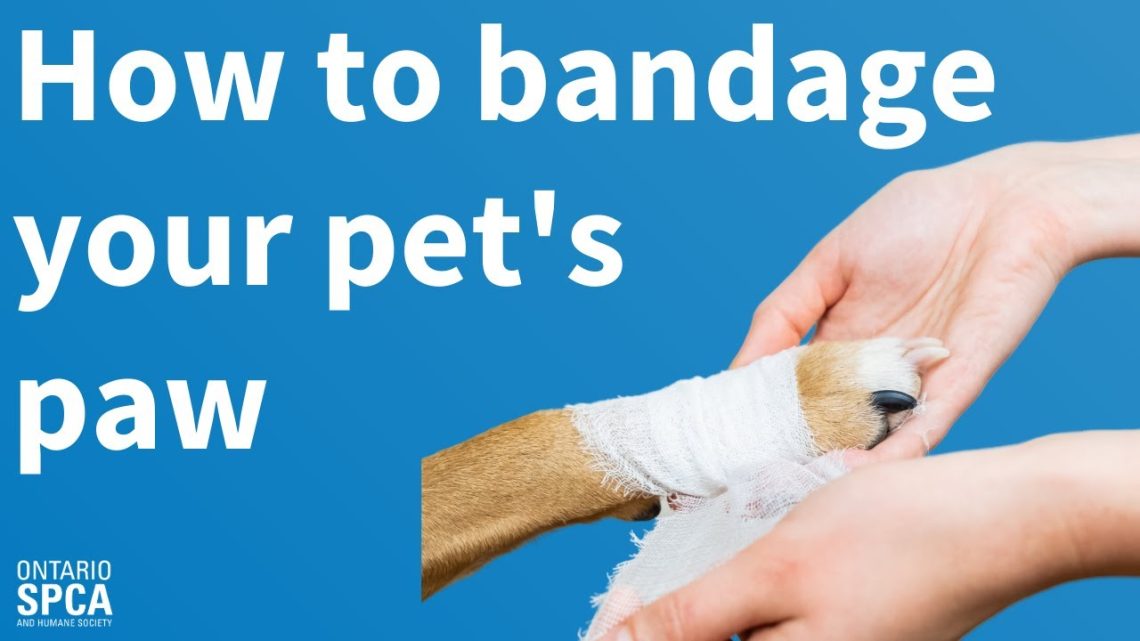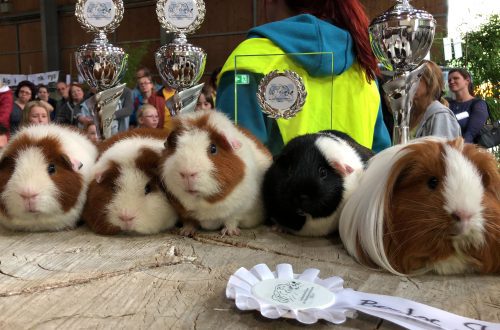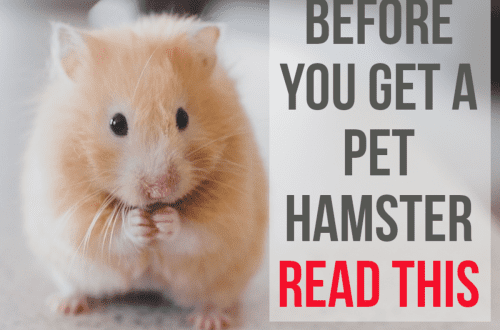
Ahoana ny fomba famehezana tsara ny biby fiompinao?
Pets are eternal explorers who love to explore the world around them and never sit still. But, unfortunately, this world is fraught with not only amazing discoveries, but also dangers, and your little friend can come out of them with a combat trophy – for example, with a cut paw. How not to get confused in a difficult situation and help a pet? How to properly bandage a dog, cat, ferret, rabbit or rodent without putting your health at risk? We learn step by step.
Before starting, you should make a reservation that if you or your pet are worried, then we immediately go to the clinic.
The first thing we need is to cut the hair around the wound. For this, it is advisable to use hair clippers. If the hair is not removed, it will not allow the wound to be properly treated. Before shaving, it is recommended to apply a hydrogel to the surface of the wound (ultrasound gel).
The second step is decontamination of the wound. In no case do we use alcohol iodine, brilliant green (which, by the way, is toxic to cats), hydrogen peroxide and alcohol-containing products for this. After the hair has been shaved clean the skin around the wound with an aqueous 0,05% solution of chlorhexidine or 1% solution of Povidone Iodine. If disinfectant solutions are not available, saline or, in extreme cases, running water can be used. Next, wash off the gel from the wound and rinse it abundantly. One wound can take up to several liters of solution.
After washing the wound, it must be protected and closed. So we will prevent microbes from entering the wound and protect it from licking. To do this, a sterile napkin is applied to the wound and fixed with a bandage (or plaster, if the surface is small). Animals tend to be quirky, so it’s best to use an elastic, self-locking bandage (such as Andover). Such bandages are easy to apply, do not slip and fix the wound well, holding tightly to the body. It is important, especially when using self-focusing bandages, to avoid squeezing the tissues.
Useful advice: first unwind the required amount of bandage and only then apply it to the wound. Since the bandage is stretchy, it can compress the wound if you bandage it “in place”. We bandage strictly towards the body!
If the wound is deep, immediately after the above steps, we go to the veterinary clinic.
- If the wound is in the chest area, then immediately apply the hydrogel to the wound, attach cellophane (bag, film) and immediately go to the clinic.
There are no drugs that can speed up wound healing. You can only create favorable conditions for a speedy recovery. Each injury is unique and requires an individual approach. Therefore, it is important that your pet is examined by a veterinarian and the optimal wound care strategy is selected.
That’s all the necessary steps. Let’s summarize the article with an answer to a common question: “Is it worth stitching up a wound?” Yes and no at the same time. It all depends on the type of wound (and there are a lot of them), sterility and localization. For some injuries, this is necessary, and for others it can only hurt. So be sure to check with your veterinarian.
Take care of the health of your pets!
Ny lahatsoratra dia nosoratana niaraka tamin'ny fanohanan'ny manam-pahaizana iray:
Mac Boris Vladimirovich,
veterinera sy mpitsabo ao amin'ny toeram-pitsaboana Sputnik.






